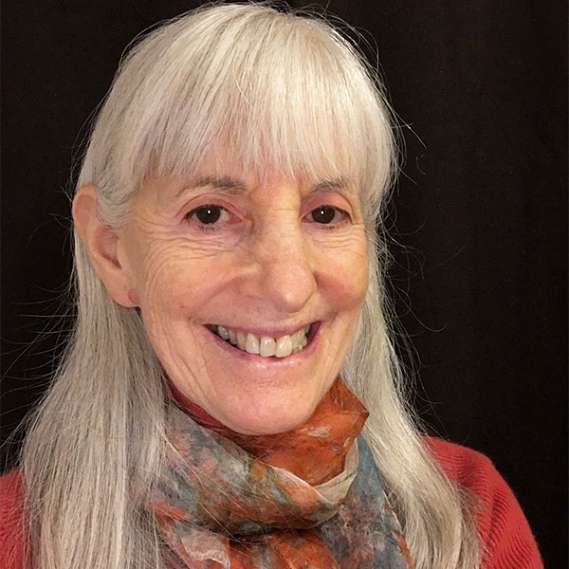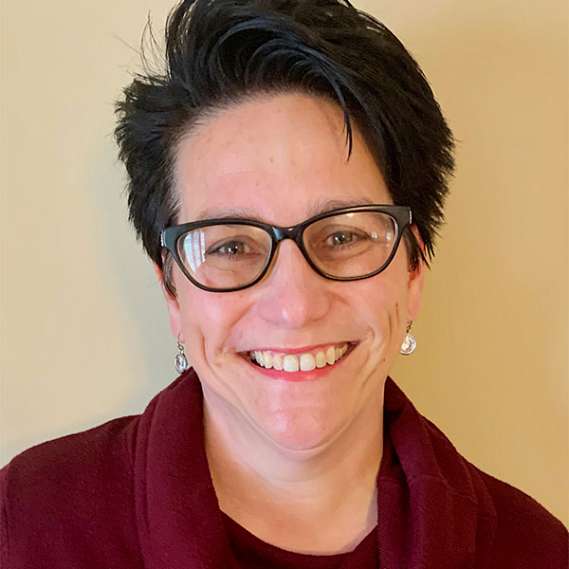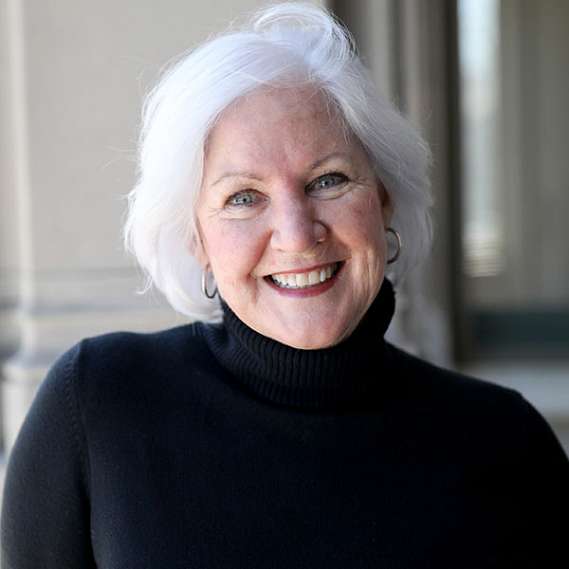


By Alice Tesch Graham, Gia Anselmo Renaud, and Martha McCann Rose
Authors, Developing Effective Special Educators: Building Bridges Across the Profession
We thought we had the luxury of time. We spent endless afternoons over countless cups of Dunkin’ Donuts coffee sorting out the metaphor and the character. In our recently published book, Developing Effective Special Educators: Building Bridges across the Profession (2020), we knew we’d nailed it. The character, Ruby, was our role model. At her introduction, Ruby had just completed her teacher preparation program in special education. She was current and confident, and her knowledge was fresh but limited. Her initial characterization was followed by the presentation of our book’s unifying metaphor. Throughout this book, Ruby would journey forward in her career, metaphorically crossing (that’s what we called the sections: Crossings) bridges as she evolved. The Brooklyn Bridge represented the importance of foundational knowledge, and the chapters that followed the photo of that bridge focused on the foundations of special education. As Ruby matured, the solid confidence of the novice was rattled, and her need for flexibility and accommodation was captured by the photo of the Rolling Bridge, a structure that adapts to meet the needs of the traveler. The pursuant chapters addressed accommodation and differentiation, culturally relevant pedagogy and resources. Ruby’s ripening into professional maturity was reinforced by a photo of the Mostar Bridge, a tribute to the power of international collaboration. Ensuing chapters reviewed collaboration and communication skills. And, as the book ended, the reader was left at the Providence Pedestrian Bridge where the view is all inclusive, as should be the view of special educators everywhere. Throughout the chapters, again and again, Ruby employed epistemic empathy: the ability to understand, not only the way another feels, but the way another thinks. This unifying aspect of the book came alive as Ruby took on the perspectives of students, their families, her colleagues, community members, and mentees. Through epistemic empathy, Ruby would eventually assume the perspective of a leader in special education, and maybe, just maybe, she’d take such a position when it was offered to her. We posited, and still believe, that the best way to grow leaders for our profession is by building epistemic empathy, and we structured opportunities to explore and practice this valuable trait throughout the book, at every stage of Ruby’s professional journey. We thought we had the luxury of time.
And along came 2020. We still believe in Ruby! And in the importance of bridging from one stage of a career to the next. And the power of epistemic empathy. But, the world of education is topsy turvy. Time is of the essence! If Ruby were our colleague today, she would more likely be paddling furiously in the swirling waters below than crossing any bridge.
Special education professionals were facing serious challenges before the pandemic. There were, and are, teacher shortages, more students in need, increased bureaucratic requirements, and a dearth of new leaders. Many students with special needs have been imperiled by the events of 2020 (Klass 2020; Stein & Strauss, 2020). Students with cognitive disabilities are missing out on classroom repetition. Students with emotional and behavior disorders don’t have the opportunities to engage in the sorts of meaningful practice made possible by the presence of many peers. Neurodiverse students, many of whom need the structure of school and exposure to others, are foundering (Klass 2020; Stein & Strauss, 2020).
Furthermore, the safety guidelines postulated by CDC pose unique challenges to many students with disabilities. Wear a face covering? Consistently wash hands? Maintain six feet between persons? These simple steps may be profoundly distressing, almost impossible, for many of our kids.
So, back to Ruby. Well, the journey is never straightforward, is it? A practicing Ruby will eventually get to the next crossing; but, like her colleagues, she will immediately turn her attention to navigating rough waters. Like special educators everywhere, she will begin by learning new knowledge that has suddenly become foundational. How will the students thrive in remote, hybrid, or strictly controlled environments? She will turn her new awareness to advocacy for her students, declaring which technology will work best for each child and which setting will be most productive. She will plan carefully and comprehensively so that her students’ progress will align with their goals. She will reach out to families and students, knowing that their feeling safe and included is paramount. To ready herself for those conversations, a practicing Ruby will learn all she can about how students’ lives at home will best support their learning. She will communicate and collaborate with other professionals to identify best practices and strategies. She will mentor any colleague in need at this stressful crossing.
And empathy. Ruby’s power during this surreal time will be her epistemic empathy. Understanding the emotions and perspectives of others right now is the only way to navigate through this challenge. Families are fraught; students are discouraged; educators are overwhelmed and, sometimes, under attack. Because Ruby will listen to and understand all those messages, she will be able to guide her people to higher ground.
In the field of special education, a common exhortation is, “Go with the flow.” In ordinary times, it has meant that the special educator should be calm, find inner peace. Special education can be stressful for all stakeholders, but patience and adaptability are effective, especially when everyone keeps the focus on the student with special needs.
So, what would we say to Ruby in the autumn of 2020?
Go with the flow. You’ve got this. Knowledge, skills, and empathy will help you steer through these turbulent waters. Hang in there, old friend. The next bridge is right around the bend.
References
Graham, A. T., Renaud, G. A., & Rose, M. M. (2020) Developing Effective Special Educators: Building Bridges Across the Profession. Teachers College Press.
Klass, P. (2020, July 27) The Pandemic’s Toll on Children with Special Needs and Their Parents. The New York Times. https://www.nytimes.com/2020/07/27/well/family/children-special-needs-pandemic.html
Stein, P. & Strauss, V. (2020, August 7) Special education students are not just falling behind in the pandemic — they’re losing key skills, parents say. The Washington Post. https://www.washingtonpost.com/local/education/special-education-students-are-not-just-falling-behind–theyre-losing-key-skills-parents-say/2020/08/05/ec1b91ca-cffd-11ea-9038-af089b63ac21_story.html
Featured image by Alper Çuğun on Flickr

Comments
I am interested in books on teaching early literacy to children in special Education.